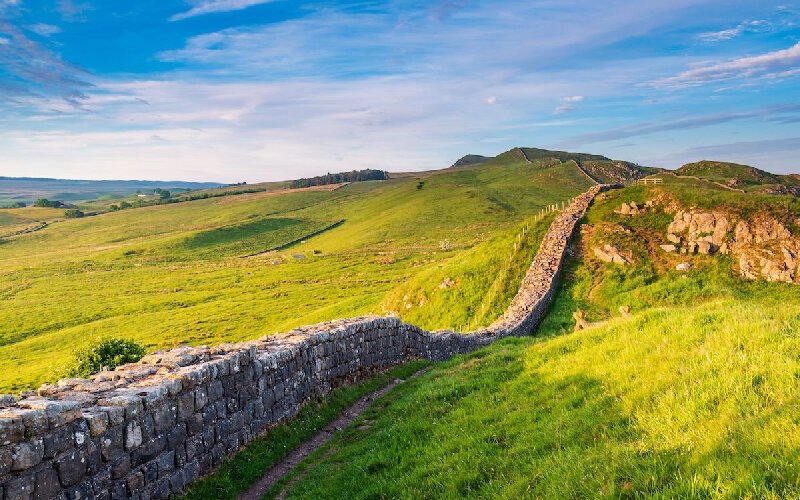A special office is being built for the Great Wall of Gorgan, which the country pursues its possible inscription as a UNESCO World Heritage.
Stretched across Iran’s northern

province, the defensive wall is about 200 km in length and it was built to prevent the invasion of the northern tribes. It is said to be the longest architectural work of ancient Iran, which was built in 90 years.
So far, construction of the office providing tourism, protection, and research services has progressed by 40 percent, the provincial tourism chief Rahman Farmani said on Sunday.
Constructing such an office, while archaeological studies and restoration projects are underway, seems necessary due to the huge scale of the wall and its related facilities as well as providing the necessary foundation for the possible global registration of the wall, the official added.
A budget of 29 billion rials ($102,000) has been allocated to the project, he noted.
“Covering an area of 900 square meters and a rectangular plan, the one-story office will be similar to the castles of the wall.”
Various sections of the office will be comprised of a lecture and film room, an exhibit of archeological objects, a photo exhibition, a demonstration of handicrafts, a prayer hall, and a tea room to show off the activities in the region, he mentioned.
Also known as Red Wall, which in some ancient texts is referred to as the Red Snake, this wall is the longest brick ancient barrier between Central Europe and China, longer than Hadrian’s Wall and the Antonine Wall put together and the third-largest wall in the world after the walls of China and Germany.
Most parts of the gigantic monument are still hidden underneath the surface through some segments that have so far been unearthed and even restored to former glory.
The wall is located at a geographic narrowing between the Caspian Sea and the mountains of northeastern Iran. It is one of several Caspian Gatesat the eastern part of a region known in antiquity as Hyrcania, on the nomadic route from the northern steppes to the Iranian heartland. The wall is believed to have protected the Sassanian Empire to the south from the peoples to the north, probably the White Huns. However, in his book Empires and Walls, Chaichian (2014) questions the validity of this interpretation using historical evidence of potential political-military threats in the region as well as the economic geography of Gorgan Wall’s environs. It is described as “amongst the most ambitious and sophisticated frontier walls” ever built in the world, and the most important of the Sassanian defense fortifications.
It is 195 km (121 mi) long and 6–10 m (20–33 ft) wide, and features over 30 fortresses spaced at intervals of between 10 and 50 km (6.2 and 31.1 mi). It is surpassed only by the walls systems of Great Wall of China as the longest single-segment building and the longest defensive wall in existence.



